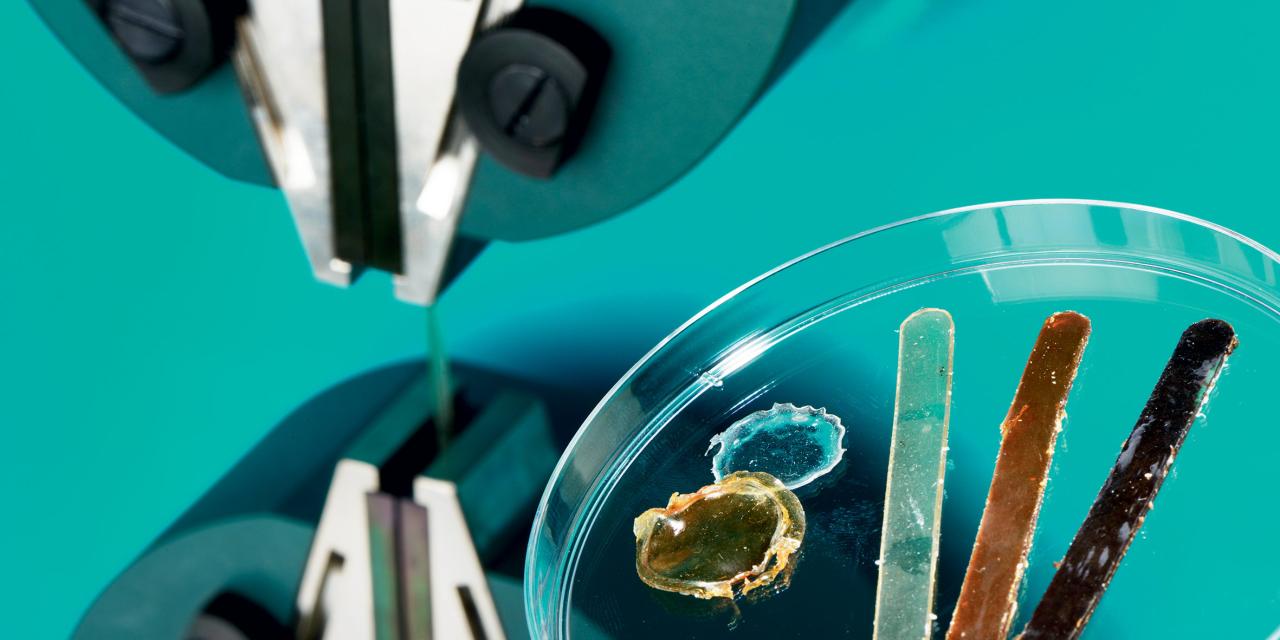In 2023, we have started five new projects in DPI fundamental research. Two projects started in Polyolefins and three in Performance Polymers.
New projects Polyolefins
#863 – Machine-Learning-aided 13C NMR/CEF rapid analysis of polyolefin materials, with special focus on post-consumer streams (ML-PO)
Started in April
This project addresses the question of practical ways to recycle plastic wastes for polyolefins (whose share of the plastic market already exceeds 50 wt.-% and is predicted to grow further) with an interdisciplinary approach. A novel instrument of rapid and fine microstructural analysis, integrating 13C NMR and CEF characterizations with Machine Learning algorithms, will be implemented and trained to recognize and quantify the individual components of polyolefin multi-materials, including post-consumer streams, thus facilitating mechanical recycling.
#861 - Closing the Loop via Molecular Polymer Rheology (CLOMPR)
Started in October
Data science tools (similar to those used by Google or Netflix to make recommendations for users) will be used to infer what structural information can be gleaned from a small number of measurements, combined with prior knowledge of the history of the materials. We aim to produce software tools that can be used by recyclers and material science companies to improve the economics of high quality and quantity polyolefin recycling.
New projects Performance Polymers
#864: Biobased crystal polarization and semi-aromaticity for high polymer dielectrics (B-CRYSP)
Started in May
To reduce carbon emissions, electrification innovations are paralleled by a sustainable selection of alternative, biobased resources. To meet existing expectations of product designers in performance, substitution of fossil-based resources is not straightforward. Biobased plastics are regularly considered inferior. Based on an in-depth understanding on the translation of properties across multiple length-scales down to molecular design, we demonstrate the opposite. We aim to use the unique uneven nature of biobased building blocks introducing crystal polarity for increased electrical performance and safety of plastics in advanced and sustainable electronic systems. What chemical pathways to follow, and how to design the crystalline phase?
#866: Achieving high-energy solid-state batteries with succinonitrile-based electrolytes (SEEEBAT)
Started in September
Succinonitrile embedded elastomer electrolytes (SEEE) have been demonstrated to possess high ionic conductivity and excellent mechanical properties. Combining an ultrathin SEEE with high capacity silicon anode offers opportunities to realize a high-energy all-solid-state lithium battery, avoiding the safety and degradation issues of Li metal anodes. This proposal aims to understand the fundamental Li-ion transport mechanism in the SEEE-Si system, that paves the way for the design of high-performance all-solid-state batteries, potentially bringing forward a strong competitor in next generation battery field.
#865: Engineering Polymers from CO2 using advanced switchable catalysis (EPCO2)
Started in October
There is a strong desire to replace petrochemical-based polymers with materials manufactured from more sustainable feedstocks, one of which is carbon dioxide (CO2). Carbon dioxide may be combined with other bio-derived feedstock to produce polymers with a range of controllable properties; life cycle assessments confirm lower greenhouse gas emissions. Previous studies focussed on low molar mass polyols and higher molar mass polycarbonates, giving mechanical properties that were not appropriate for engineering applications. Here, improved polymer synthesis and catalysis allow for the preparation of CO2 copolymers with improved and controllable thermal and mechanical responses for a wide range of different uses.
